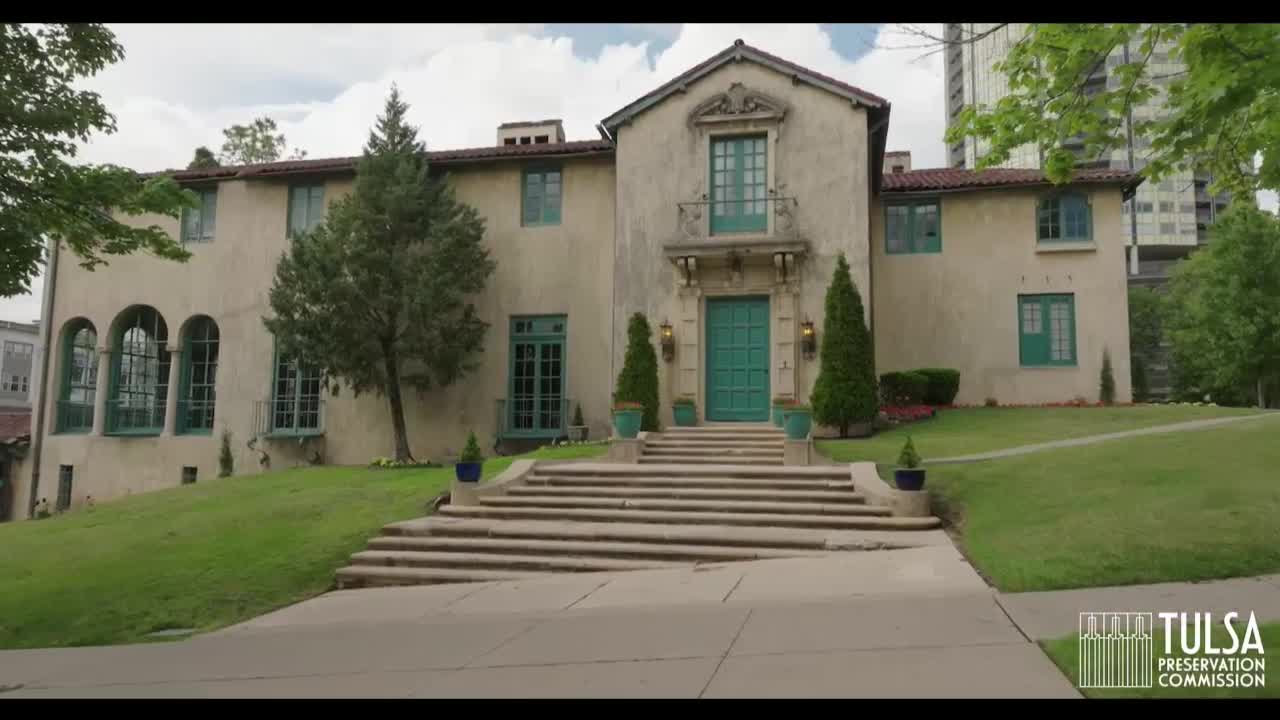Historic Preservation Series Explores Tulsa's Iconic Riversides Homes
August 11, 2025 | Tulsa, Tulsa County, Oklahoma
Thanks to Scribe from Workplace AI , all articles about Oklahoma are free for you to enjoy throughout 2025!

This article was created by AI using a video recording of the meeting. It summarizes the key points discussed, but for full details and context, please refer to the video of the full meeting. Link to Full Meeting
First on the tour is the Harwelden Mansion, a stunning English Tudor estate built in 1923 by oilman Earl Harwell. With its gothic arches and intricate hand-carved details, the mansion boasts a rich history, featuring one of the city's earliest residential elevators. Today, Harwelden serves as a cultural and event center, hosting weddings and concerts while offering breathtaking river views.
Next, the Lee Clinton House, constructed in 1919, exemplifies understated elegance. This colonial revival home belonged to civic leader Lee Clinton, co-founder of the Tulsa Stockyards. Its classical design and meticulously maintained grounds reflect a refined taste, making it one of the few original homes in the area that retains its historic charm.
Finally, the Dresser Mansion, built for oil executive Carl Dresser in 1919, showcases Italian Renaissance flair with its Mediterranean design elements. Once a venue for lavish parties, the mansion continues to serve as a gathering place, echoing its original purpose while offering stunning views of the river valley.
These remarkable properties not only highlight Tulsa's architectural beauty but also remind us of the city's rich history intertwined with nature. As the series continues, viewers are invited to discover more about the historic places that shape Tulsa, one property at a time.
Converted from Tulsa - Animal Welfare Commission meeting on August 11, 2025
Link to Full Meeting
Comments
View full meeting
This article is based on a recent meeting—watch the full video and explore the complete transcript for deeper insights into the discussion.
View full meeting
